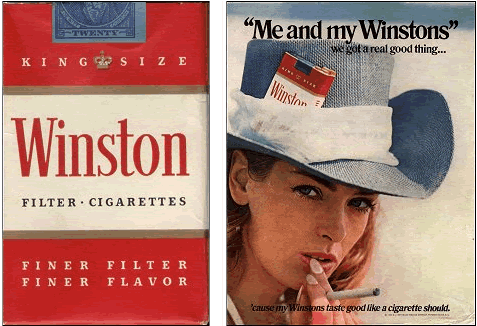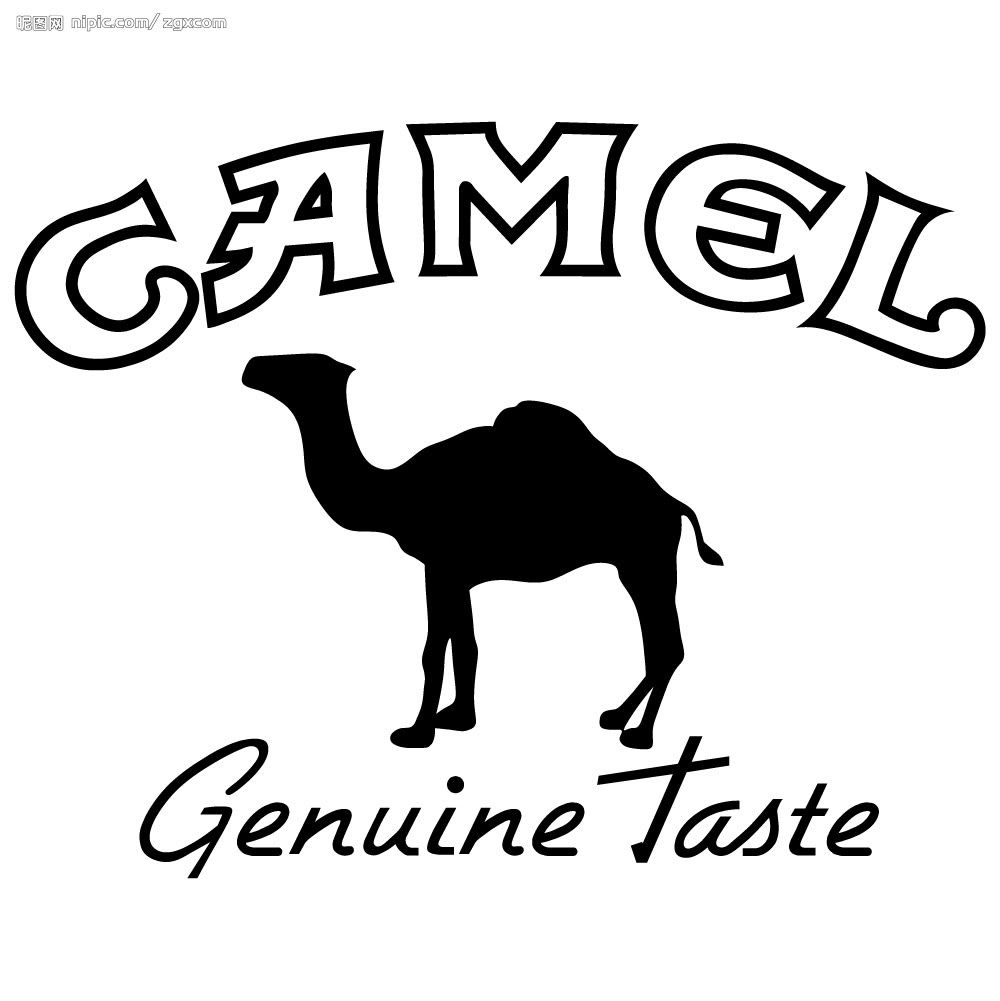 Children and adolescents in the United States exposed to secondhand smoke (SHS) are at risk of developing major depressive disorder (MDD), generalized anxiety disorder (GAD), attention-deficit/hyperactivity disorder (ADHD), and conduct disorder, new research suggests.
Children and adolescents in the United States exposed to secondhand smoke (SHS) are at risk of developing major depressive disorder (MDD), generalized anxiety disorder (GAD), attention-deficit/hyperactivity disorder (ADHD), and conduct disorder, new research suggests.In a national survey study of more than 2000 nonsmokers between the ages of 8 and 15 years, investigators found that serum cotinine levels, signifying SHS exposure, were positively associated with symptoms of all these disorders — and were especially correlated for boys.
“Our results have important public health implications,” write Frank C. Bandiera, MPH, from the Department of Epidemiology and Public Health, Miller School of Medicine at the University of Miami, Florida, and colleagues.
“Given the critical developmental period of childhood and adolescence, the effects of policy to reduce or ban smoking in public places and in the home may help prevent or reduce the progression of illness in at-risk individuals and alleviate the heavy burden…attributable not only to tobacco use but also to mental disorders,” they write.
Although the findings are in line with previous research showing a link between mental health outcomes and SHS exposure, the investigators note that this study did not “establish the biological or psychological mechanisms of association.”
Still, the investigators note that this new research does provide “critical and much-needed data.”
The study is published in the April issue of Archives of Pediatrics and Adolescent Medicine.
High Rate of Exposure
According to the researchers, 66% of all children between the ages of 3 and 11 years have been exposed to SHS.
“Because many mental disorders have an onset in youth at a time when SHS exposure is high, it is critical to consider how SHS may be affecting the mental health of children and adolescents so that appropriate preventive measures can be implemented,” they write.
In a recent study reported by Medscape Medical News, investigators from the United Kingdom found that a higher level of salivary cotinine was significantly associated with hyperactivity and conduct disorder in adolescents participating in the Scottish Health Survey. That study, which was published online first December 6 in Archives of Pediatrics and Adolescent Medicine, is also published in the journal’s current print issue.
For this study, investigators evaluated data on 2901 nonsmoking US adolescents (51% male; 61.9% non-Hispanic white; 14.8% non-Hispanic black; 12.2% Mexican American; 11.1 other races/ethnicities) who participated in the National Health and Nutrition Examination Survey between 2001 and 2004.
Symptoms of MDD, GAD, panic disorder, ADHD, and conduct disorder were assessed during 12 months using the National Institute of Mental Health’s Diagnostic Interview Schedule for Children Version IV.
Results showed that the participants had a mean of 4.93 MDD symptoms, 3.94 ADHD symptoms, 2.86 GAD symptoms, 1.34 conduct disorder symptoms, and 0.29 panic disorder symptoms.
When looking at associations among all participants, investigators found that serum cotinine levels were significantly correlated with symptoms of MDD, GAD, ADHD, and conduct disorder — but not with panic disorder.
“After adjusting for all covariates, serum cotinine level was most strongly associated with ADHD symptoms,” report the researchers. Although not quite as strong, the association remained significant for symptoms of MDD, conduct disorder, and GAD after adjustment.
Although there was a significant association in males between cotinine level and MDD, GAD, ADHD, and conduct disorder symptoms, the association for females was only significant with symptoms of GAD.
Finally, a significant association between SHS and MDD, GAD, and ADHD was found for white participants, but only with conduct disorder for the Mexican American group. There were no statistically significant associations with any of the disorders in black participants.
Need to Butt Out
The investigators note that only 26 states currently ban smoking in all public places.
“Efforts to ban smoking in places where children and adolescents are present, including all child care settings and schools, should continue, as well as increased efforts to develop interventions targeted directly at parents and designed to prevent SHS exposure in the homes of children and adolescents,” they write.
“To date, there has been little parallel research; thus, the findings of this new study cannot be placed into a larger body of literature to gauge consistency,” writes Jonathan M. Samet, MD, from the Department of Preventive Medicine in the Keck School of Medicine, Institute for Global Health, at the University of Southern California, Los Angeles, in an accompanying editorial.
“Consequently, the provocative findings of Bandiera and colleagues need replication and an expanded foundation of mechanistic understanding. Further research on exposure to SHS might also provide insights into neurodevelopmental effects of inhaled pollutants, a topic of rising interest,” adds Dr. Samet.
He notes that longitudinal data are needed “to bolster arguments for potential causality, to separately assess maternal smoking during pregnancy and SHS exposure after pregnancy, and to characterize the relationship between exposure at various ages and risk.”
With that said, Dr. Samet writes that there is now sufficient evidence of an association with poor health outcomes to “mandate reduction” of SHS exposure in public places.
However, because these bans do not cover homes, clinicians “should motivate parents to protect their children, beginning with prenatal care and continuing during childhood,” he opines.
“Pediatricians and other healthcare providers can help eliminate exposure of infants and children to SHS, even while the evidence on mental health continues to evolve,” concludes Dr. Samet.










 5:49 AM
5:49 AM
 Alexis
Alexis

 Posted in:
Posted in: 



